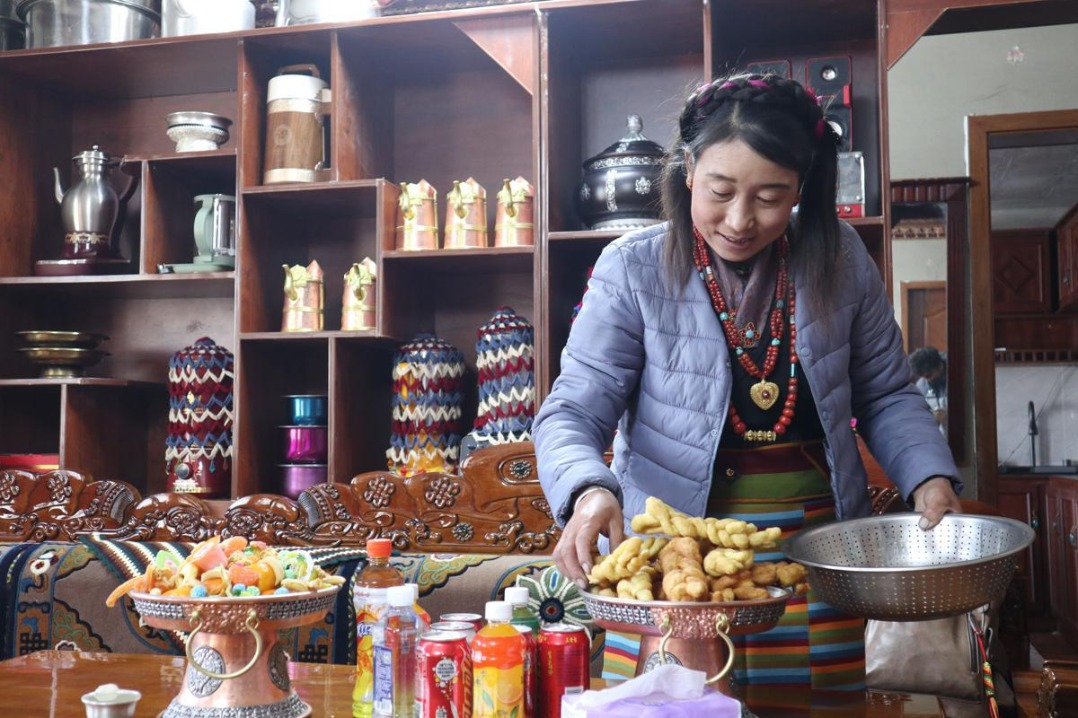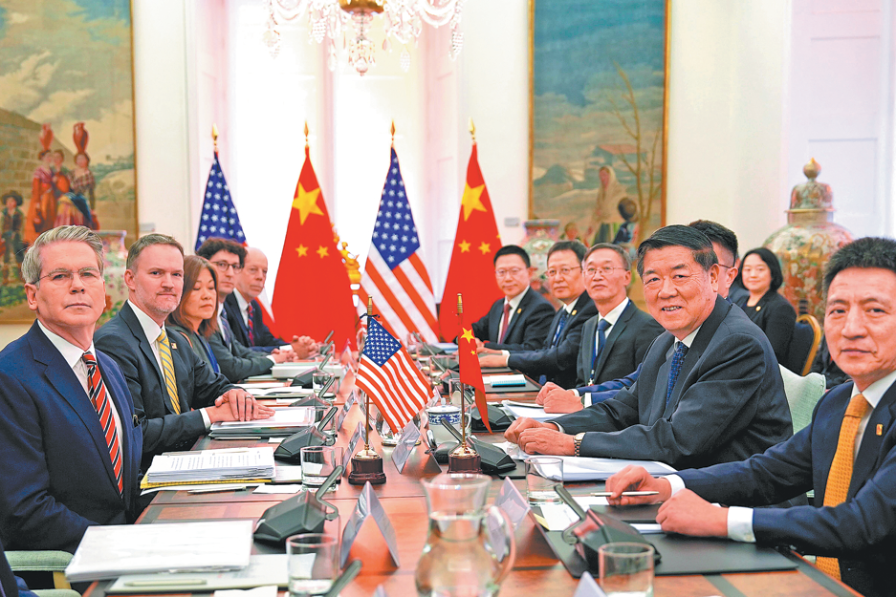Xinjiang's hearts, minds open up to Silk Road


Men have, of course, since reached the moon, though not by cannon, and the dream of the railway has become a reality. But even the sci-fi writer could not have imagined the scale of today's China-Europe freight rail lines, the arteries of the modern Silk Road.
Between March 2011, when the first line opened, and the end of June this year, over 9,000 trips delivered nearly 800,000 containers of goods, connecting 48 Chinese cities with 42 cities in 14 European countries. The cost of rail freight is only 20 percent of the cost of moving cargo by air, and three times quicker than shipping by sea.
Centuries ago, the Alataw Pass -- about 460 km west of Urumqi, Xinjiang's regional capital, and 680 km northeast of Almaty, the biggest city in Kazakhstan -- was a windswept route through the mountains for traders on horseback. Now, 70 percent of westbound freight trains pass through it, with the roar of locomotives drowning out the howling wind.
China exported more than it imported on those trains until the Belt and Road Initiative addressed the imbalance. Zhao Jie, a Chinese waybill translator in Dostyk, the first Kazakh port after the pass, has noticed an increase in the variety of imports.
"When I started the job in 2013, the list of imported goods for translation was much duller, mostly steel and ore," he said. "Now we import electronics, mechanical parts, drone accessories, red wine, baby formula and even polyester."
The Alataw Pass has become one of the busiest trading posts on the border, linking Central Asia, Europe, and the Asia-Pacific region by rail, road, air, and pipeline.
China's first cross-border crude oil pipeline, operational in 2006, from the Caspian Sea to the Alataw Pass, now brings in 12 million tonnes of crude oil every year.
"With China and Kazakhstan each holding 50 percent, the pipeline is a great example of our close partnership and the success of the Belt and Road Initiative," said Yao Yage, head of the pipeline's operation center in the Alataw Pass.
TRADING HUBS
Apart from being connected to raw materials and markets, the first bonded zone in Xinjiang gives the Alataw Pass an extra edge. More than 400 companies have established bases there since 2014, and total trade volume has risen to about 8.7 billion U.S. dollars.
A local private food-processing plant now has a 4,000-sq-meter warehouse and is building a 20,000-sq-meter new one, plus a 1,000-tonne flour mill. Its manager, Hu Xuming, said, "Our annual imports of Kazakh wheat will reach a million tonnes in five or 10 years, and we will store and process all the raw materials here to be cost-competitive."
About 300 km southwest of the Alataw Pass, exporters in Horgos are grateful for improved customs clearance and simplified procedures. Yu Chengzhong, CEO of Jinyi International Trade Corp, the biggest local fruit and vegetable exporter, said the benefits have been immediate.
























